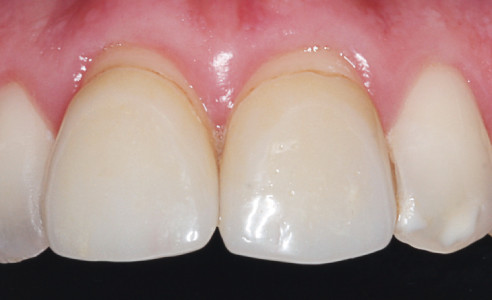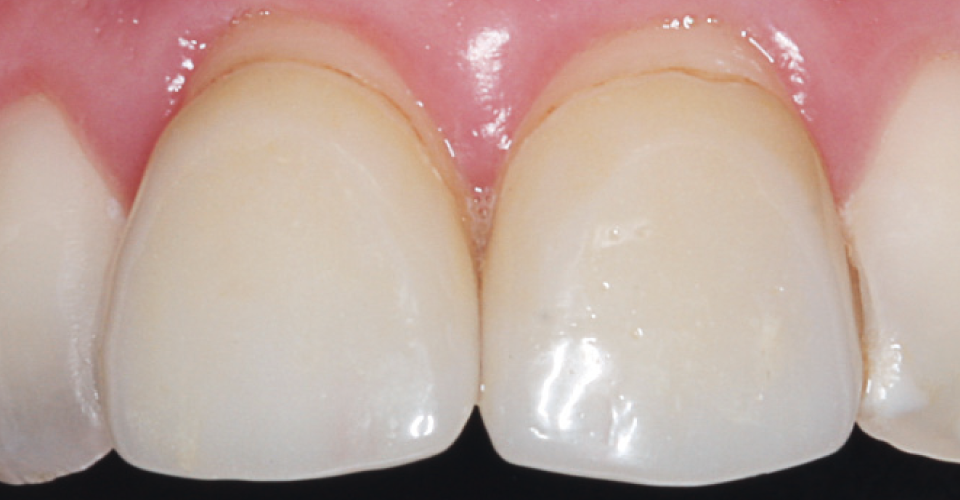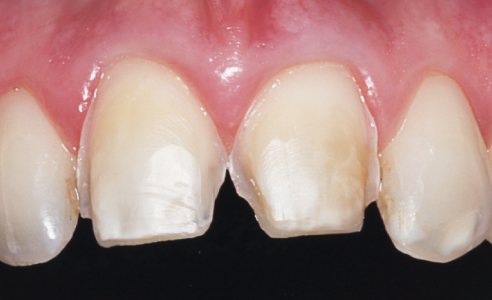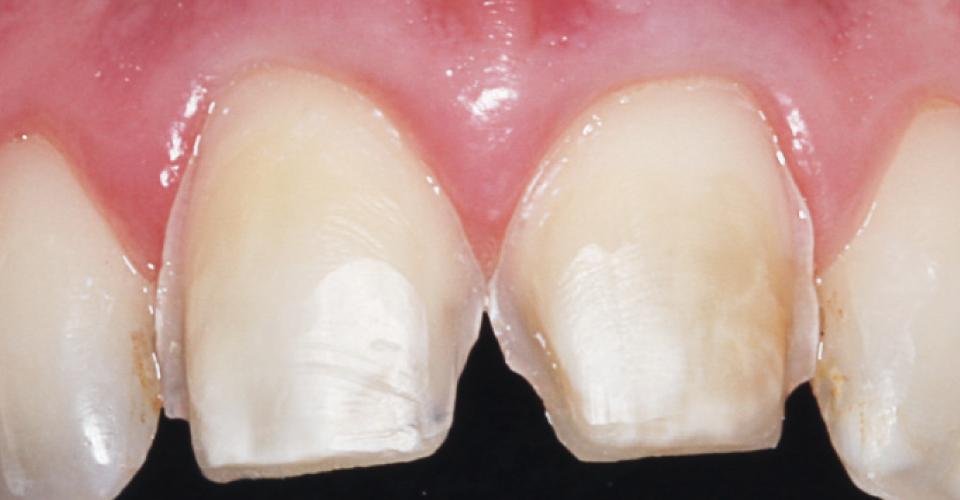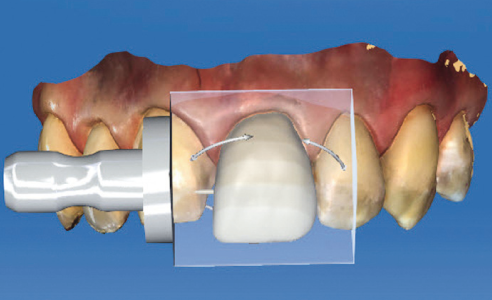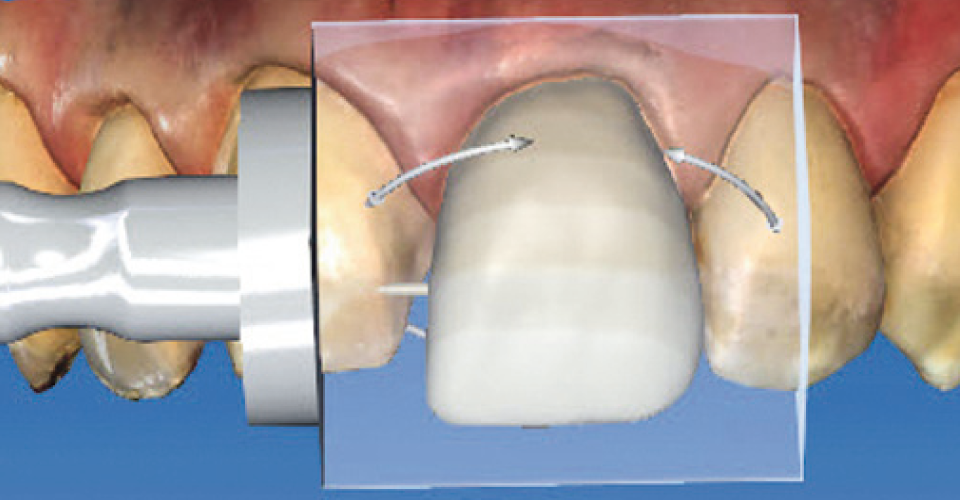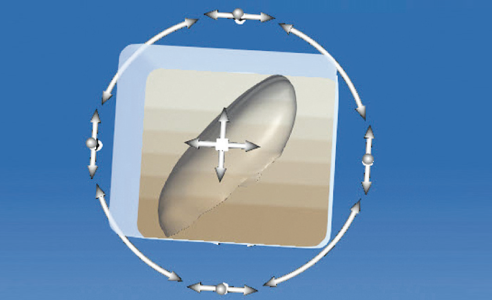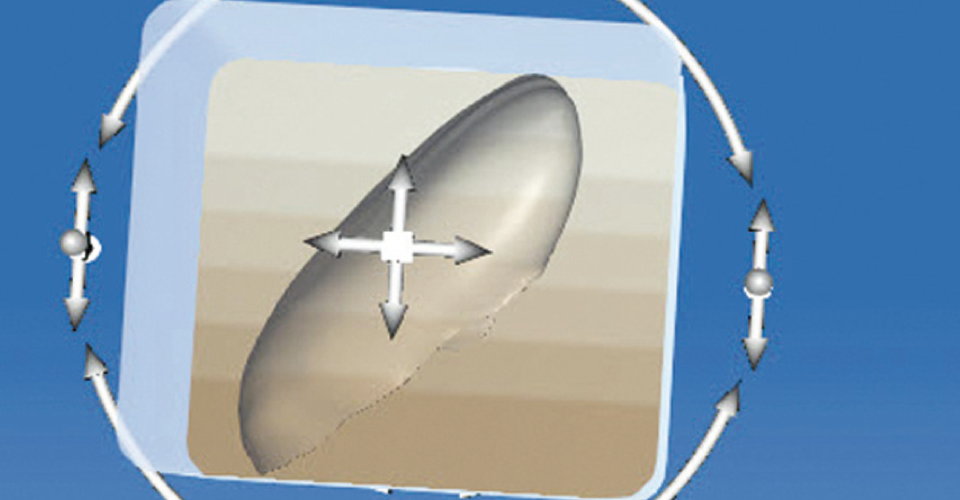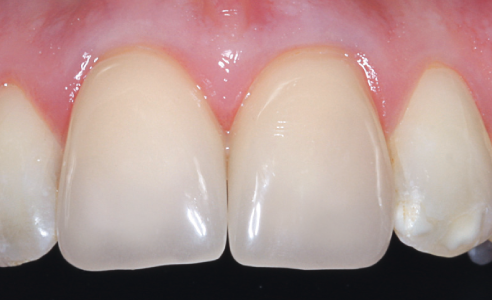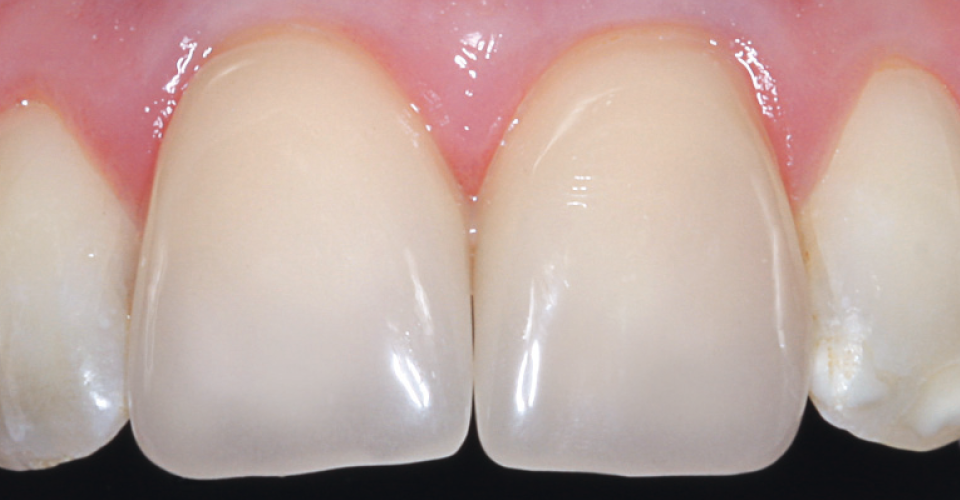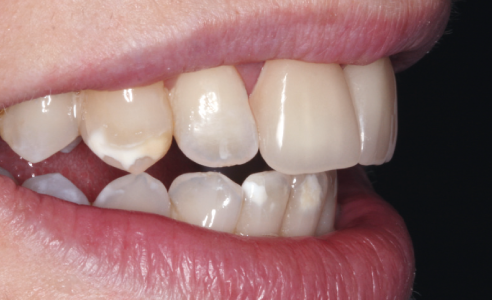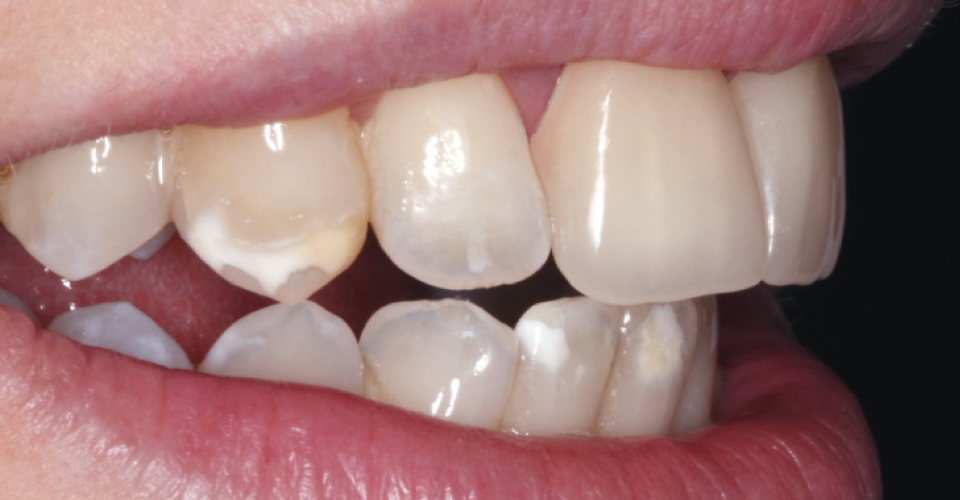Multi-chromatic hybrid ceramics: Shade gradients at the push of a button
In March 2017, the new multi-chromatic hybrid ceramic blank VITA ENAMIC multiColor (VITA Zahnfabrik, Bad Säckingen, Germany) was introduced for the first time. The CAD/CAM blank has an integrated, natural color gradient that includes six finely nuanced layers. This allows reconstructions to be created at the push of a button, with a natural shade profile from the neck to the incisal edge. As there is no firing after the CAM production, hybrid ceramics can be directly integrated after polishing. Dr. Bernhild-Elke Stamnitz (Langen, Germany) explains the effectiveness of the manufacturing process and the esthetic potential of the new blank in the following interview.
DV: What experiences have you already had with the new blank and how do you evaluate its esthetic potential?
Dr. Bernhild-Elke Stamnitz: I have worked with blanks in the colors 1M2, 2M2 and 3M2 in clinical trials and can say that I am thoroughly satisfied with the new multi-chromatic blank in every respect! In general, my patients find hybrid ceramics very comfortable, as the restorations feel very natural in the mouth and not like foreign bodies. The introduction of the multi-chromatic version is something that I have been hoping for for a long time!
DV: For which clinical situations is VITA ENAMIC multiColor particularly suitable and when should alternative materials be used?
Dr. Bernhild-Elke Stamnitz: The blank is recommended for many individual dental restorations that are visible, in other words, from the front teeth to the premolars, from full and partial crowns to veneers. Of course, it can also be used for reconstructing molars, but its esthetic potential is not particularly effective there.
DV: What should be considered when designing with CAD software in order to achieve a very natural color profile?
Dr. Bernhild-Elke Stamnitz: During the milling preview, the design must be positioned in the virtual blank in such a way that the individual tooth shade profile of the respective patient case is reproduced as effectively as possible through the integrated layer structure. The shade gradients of the blank begins with the chromatic shade range for reproducing the tooth shading, and becomes more translucent towards the incisal edge. Once you understand how the positioning works, it is really easy!
DV: What kind of advantages does VITA ENAMIC multiColor offer practices and laboratories in terms of efficiency and time savings due to the integrated color profile?
Dr. Bernhild-Elke Stamnitz: Although the characterization of a hybrid ceramic restoration is possible in principle using light-curing stains, it is not necessary for VITA ENAMIC multiColor because of the integrated shade profile. In addition, no firing procedure is required for hybrid ceramics, which allows the restoration to be integrated directly after polishing. That saves a lot of time!
DV: What method is best for polishing the hybrid ceramic restoration in order to achieve excellent high-gloss surfaces?
Dr. Bernhild-Elke Stamnitz: The polishing steps specified by the manufacturer should be followed and the original polishing pads used for the pre-polishing and high gloss polish. I combine this with a polishing paste and a goat-hair brush.



